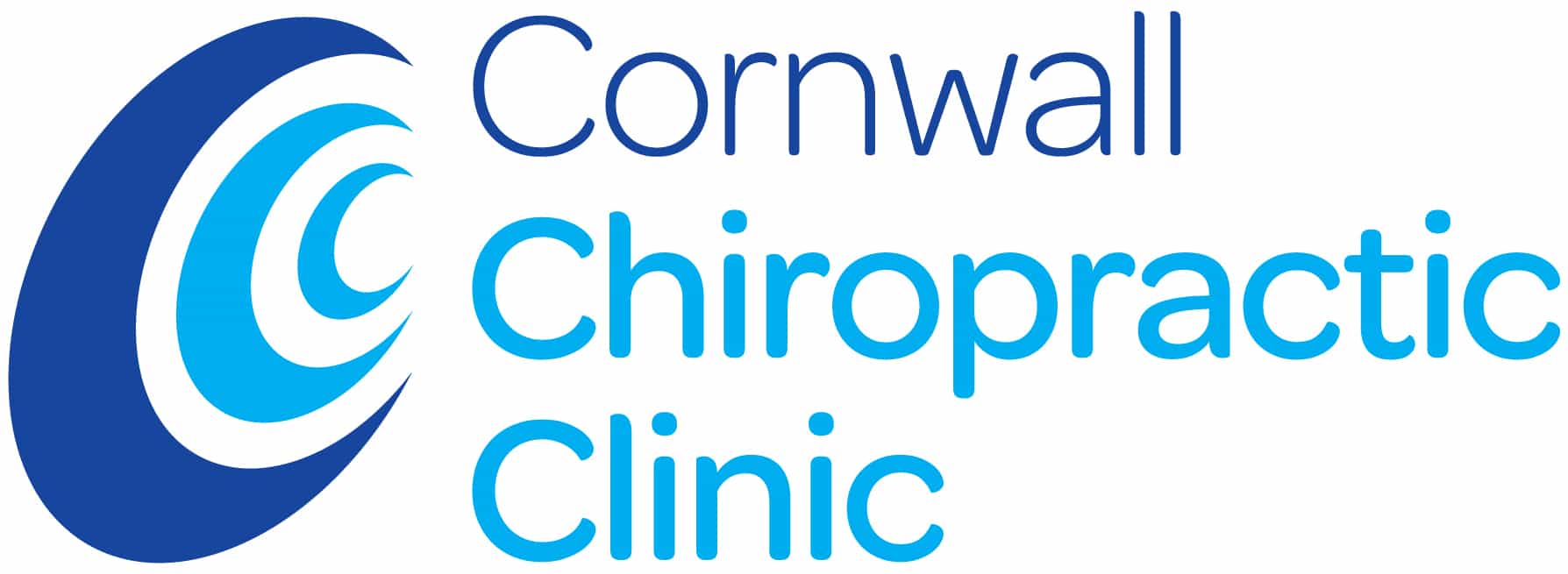What is frozen shoulder?
It is understood that the inflammation of the synovium and related tissue (surrounding the head of the humerus) is the underlying feature of frozen shoulder. The reasons however are less clear, with some authors suggesting reactions to old injuries, infections or autoimmune reactions as possible causes. It will most likely affect the non-dominant arm.
Due to the chemical changes arising in the glenohumeral joint, other tissue, for example ligaments and tendons will be affected. The result is that familiar stiffness that starts to emerge as the underlying muscles become less extendible and less elastic.
It is also reported that in the early stages of frozen shoulder, there is a rapid muscle wasting. This would exclude any vigorous stretching techniques to mobilise the frozen shoulder, due to the risk of tearing already weakened muscle tissue – (Neil Asher 2013).
What are the symptoms?
Frozen shoulder goes through three quite distinctive phases, freezing, frozen and thawing.
Freezing, can last between 2-8 months and the patient will be aware of pain on the outside of the arm, a sharp pain on movement and severe night pain.
Frozen, pain will be less severe, more an ache than a stabbing pain, with a continued loss of movement.
Thawing, will see a spontaneous recovery but may take a further 12 months to materialize.
What treatments are available?
There are a number of recognised treatment protocols that claim to help frozen shoulder, including manipulation therapies, like chiropractic, acupuncture and trigger point release techniques.
What we have found at the clinic, is that a combination of all the treatments protocols will reduce symptoms if applied in a careful and sensitive way. Frozen shoulder takes time to respond to treatment and requires a high degree of patient compliance.
